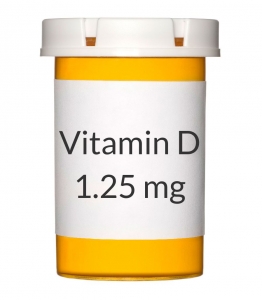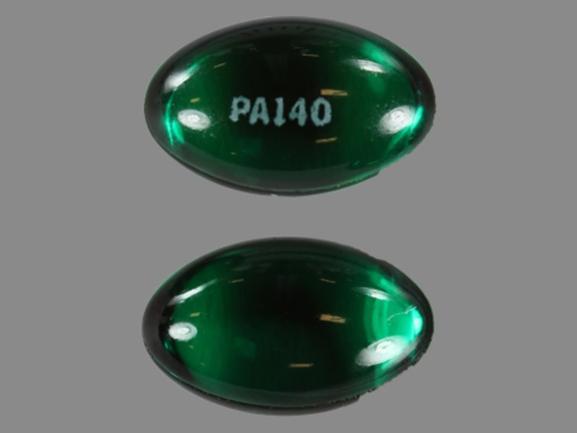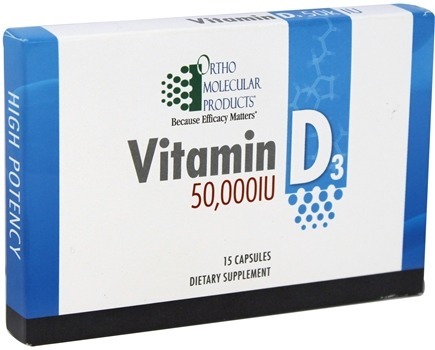

All forms of vitamin D3 are available over-the-counter. Its strength is also measured in international units. For this reason, it is sometimes referred to as the sunshine vitamin. When your skin is exposed to sunlight, it produces vitamin D3. Vitamin D3 mainly comes from animal sources such as fish oil, fatty fish, liver, and egg yolks. Vitamin D is less expensive to produce and therefore is the form most commonly found in fortified food products. The 50,000 IU capsules are prescription only, while lower strengths are available over-the-counter. Its strength is typically measured in international units, which is abbreviated as IU on labeling. Vitamin D comes from plant sources, such as wild mushrooms, as well as fortified foods, such as milk or cereal products. The names can be confusing, because many times, patients go into the pharmacy looking for vitamin D and are surprised that there is a D2 and a D3. For the purpose of this article, when vitamin D is mentioned, it will refer to vitamin D2. Generally, when one mentions vitamin D, the implied selection is vitamin D2. Rather, your choices will be vitamin D2 or vitamin D3. The term vitamin D is kind of a misnomer because you will not find anything labeled simply as vitamin D in a pharmacy vitamin aisle. What Are The Main Differences Between Vitamin D And D3

The extra supplements can cause side effects. Tell your care team if your symptoms do not start to get better or if they get worse.ĭo not take any non-prescription medications that have vitamin D, phosphorus, magnesium, or calcium including antacids while taking this medication, unless your care team says you can. You may need blood work done while you are taking this medication. Visit your care team for regular checks on your progress. What Should I Watch For While Using This Medication You should not take high doses of vitamin D supplements without your doctors instruction. It is also important to know the vitamin D content of other supplements you may be taking, such as a daily multivitamin. Due to the fact that vitamin D is a fat-soluble drug, the effects of vitamin D therapy can last 2 months or more after therapy is discontinued. Symptoms could include nausea, vomiting, loss of appetite, constipation, dehydration, fatigue, and confusion.

Vitamin D toxicity may occur with excessively high doses.


 0 kommentar(er)
0 kommentar(er)
